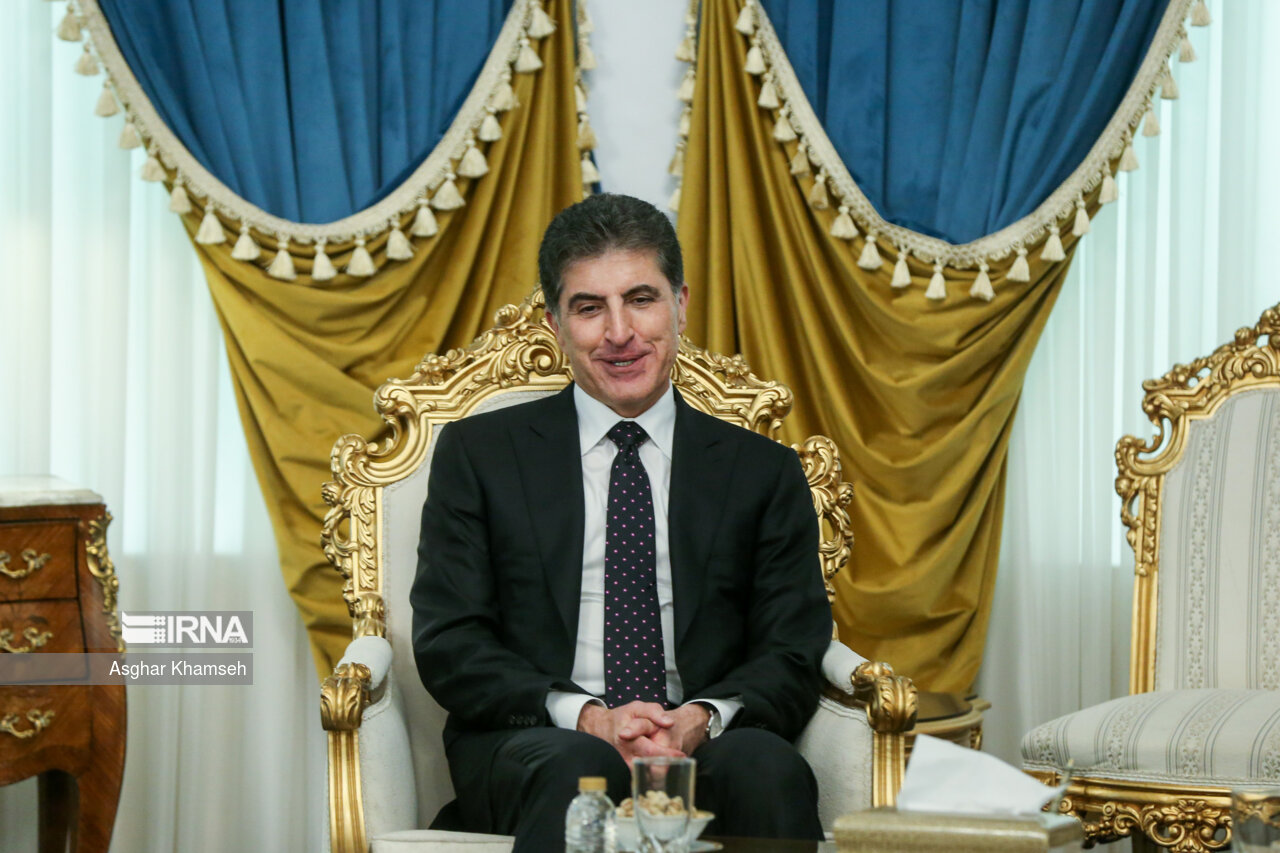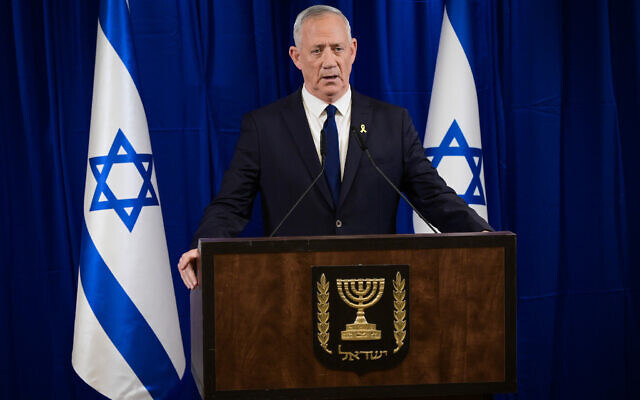WOMAN, LIFE, FREEDOM
Kurdish activist sentenced to death in Iran

2024-07-04 Shafaq News/ An Iranian Kurdish activist, Sharifa Mohammadi, has been sentenced to death by an Iranian court on Thursday, according to human rights groups.
Mohammadi, who was arrested in December 2023 in Rasht, Iran, was convicted of rebellion, a crime punishable by death, and sentenced to the maximum penalty, said Norway-based Hengaw Organization and the US-based Human Rights Activists News Agency.
Mohammadi was accused of belonging to the Komala Kurdish party, which is banned in Iran. Hengaw reported that she was subjected to "physical and mental torture" by intelligence officers while in detention.
The two organizations said that a revolutionary court in Rasht, the capital of Gilan province on the Caspian Sea, convicted her and sentenced her to death after a hearing.
A source close to her family said that Mohammadi was a member of a local labor organization "and had no connection to Komala."
The US-based Abdorrahman Boroumand Center for Human Rights, which focuses on Iran, said the death sentence was linked to "her involvement with an independent labor union."
"This extreme verdict highlights the harsh crackdown on dissent inside Iran, particularly against labor activists amid economic unrest," it added.
A campaign set up to support her cause wrote on its social media accounts that the verdict was "ridiculous and baseless" and aimed at spreading "fear and intimidation" among activists in Gilan province.
Gilan was a major center for protests that erupted in 2022 after the death of Kurdish young woman Mahsa Amini while in custody by Iranian authorities for allegedly violating the Islamic Republic's dress code.
Human rights activists have accused Iranian authorities of using the death penalty as a tool to intimidate the population in response to protests.
The Human Rights Organization in Iran said that at least 249 people, including ten women, were executed in Iran in the first six months of 2024.
It warned of a "sharp increase" in executions after the runoff round of Iran's presidential election scheduled for Friday, which pits hardliner Saeed Jalili against reformist Masoud Pezeshkian.

Shafaq News/ An Iranian Kurdish activist, Sharifa Mohammadi, has been sentenced to death by an Iranian court on Thursday, according to human rights groups.
Mohammadi, who was arrested in December 2023 in Rasht, Iran, was convicted of rebellion, a crime punishable by death, and sentenced to the maximum penalty, said Norway-based Hengaw Organization and the US-based Human Rights Activists News Agency.
Mohammadi was accused of belonging to the Komala Kurdish party, which is banned in Iran. Hengaw reported that she was subjected to "physical and mental torture" by intelligence officers while in detention.
The two organizations said that a revolutionary court in Rasht, the capital of Gilan province on the Caspian Sea, convicted her and sentenced her to death after a hearing.
A source close to her family said that Mohammadi was a member of a local labor organization "and had no connection to Komala."
The US-based Abdorrahman Boroumand Center for Human Rights, which focuses on Iran, said the death sentence was linked to "her involvement with an independent labor union."
"This extreme verdict highlights the harsh crackdown on dissent inside Iran, particularly against labor activists amid economic unrest," it added.
A campaign set up to support her cause wrote on its social media accounts that the verdict was "ridiculous and baseless" and aimed at spreading "fear and intimidation" among activists in Gilan province.
Gilan was a major center for protests that erupted in 2022 after the death of Kurdish young woman Mahsa Amini while in custody by Iranian authorities for allegedly violating the Islamic Republic's dress code.
Human rights activists have accused Iranian authorities of using the death penalty as a tool to intimidate the population in response to protests.
The Human Rights Organization in Iran said that at least 249 people, including ten women, were executed in Iran in the first six months of 2024.
It warned of a "sharp increase" in executions after the runoff round of Iran's presidential election scheduled for Friday, which pits hardliner Saeed Jalili against reformist Masoud Pezeshkian.
Head of Iraqi Kurdistan Region wishes success for Pezeshkian
Tehran, IRNA - In a phone call with the president-elect of the Islamic Republic, the head of the Kurdistan region of Iraq said that the relations between the two sides are based on deep and long-standing cultural, historical and religious ties.
Nichervan Barzani, in a phone call with the president-elect of the Islamic Republic on Thursday evening while congratulating Masoud Pezeshkian on the occasion of his victory wished him success in the important mission of the presidency.
"The relations between us and you are based on deep bonds and it is an ancient historical and religious culture that is not influenced by any external factor," he added.
In this telephone conversation, Pezeshkian while appreciating the congratulatory message and the call of the head of the Kurdistan Region of Iraq, described the relations between the two sides as growing and emphasized on using all available capacities to expand cooperation.









